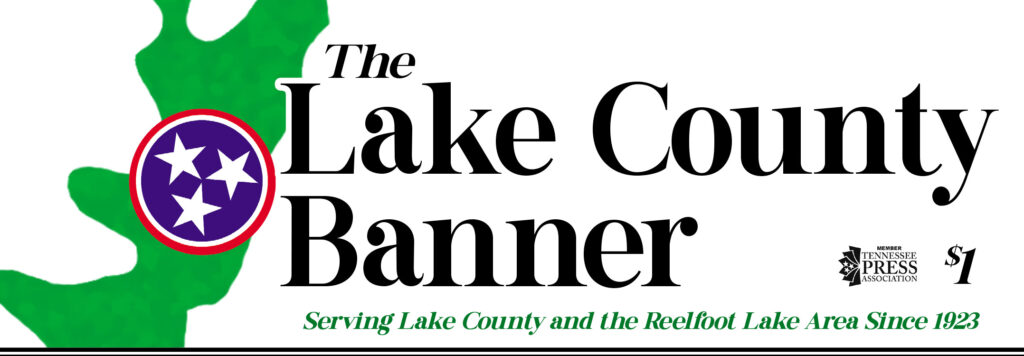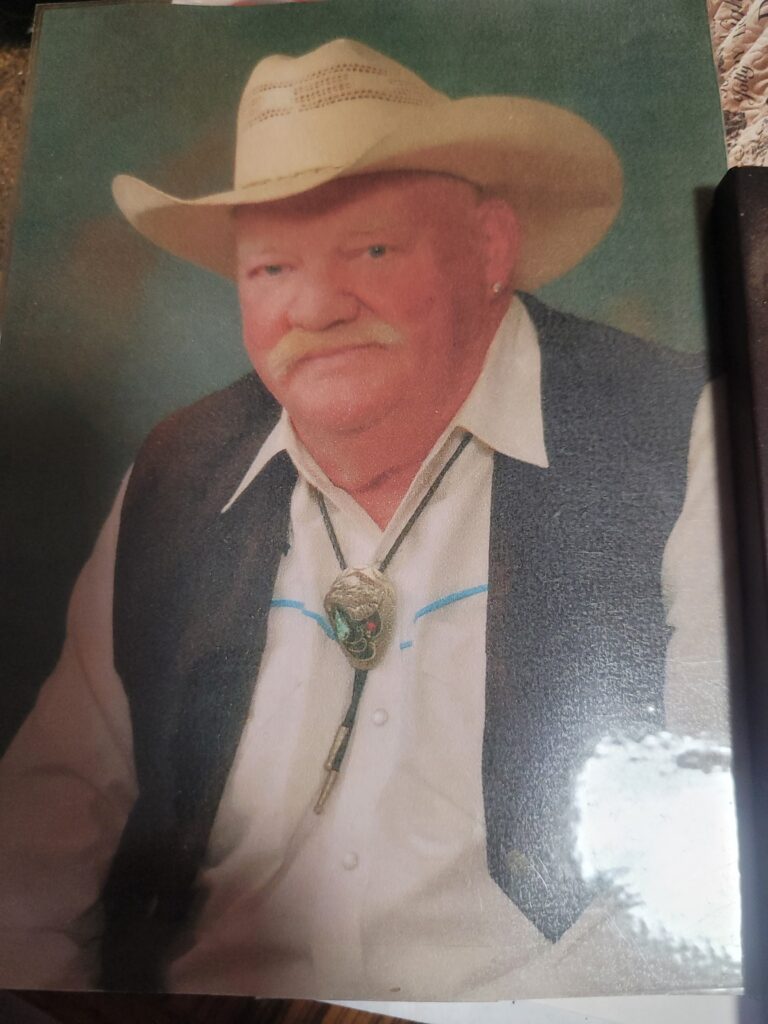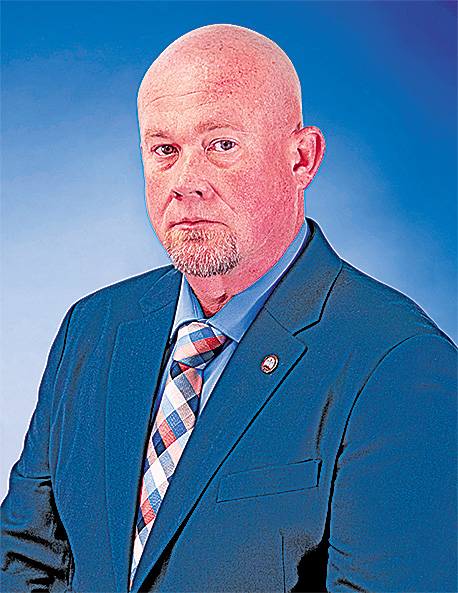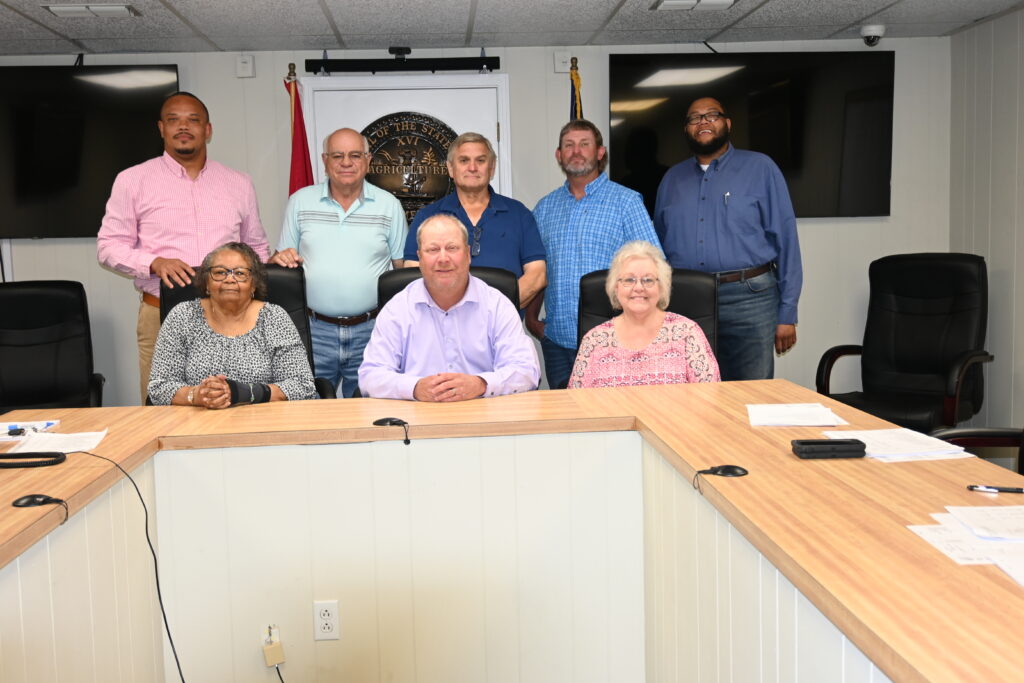By Norman L. Parks
Special to the Banner
The year 1910 was an eventful one in the life of the thriving community of Bessie, which sprawled along in an unplanned way for a mile east of the Bessie Slough. This was the year of the census, of Haley’s Comet, of a winning baseball team, and a thriving cotton season.
The closing day of school in the spring of 1910 was preserved for posterity by a passing photographer. It was a warm afternoon, as the open window behind the teacher’s platform and desk bears testimony in the photograph. Three little boys, including the author of this article, were enjoying the luxury of bare feet.
My family lived next door in a large two-story house, the upper part of which is still preserved in the Wadley residence at the present elbow of the Bessie Road. My sister, Carrie, made huge mounds of homemade candy in anticipation of the closing. But the candy eating had to wait while the picture was made to insure clean faces for the photographer.
Recorded
The names of all these children are faithfully recorded on the 1910 census rolls, but the census taker used some originality in their spelling or recorded them by their nicknames. Mine, for example, appears as “Normy” the name which most adults used in addressing me. The youngster in the first row, who chose to cough just as the photographer squeezed the bulb, created a sensation on the first day of the school year by arriving with the same long curls visible in the photograph. He took his seat on the boys’ side with the beautiful curls down to his shoulders. Those who did not see him arrive couldn’t understand why all of those curls were over there among the boys. Those who caught on tittered, and all of the authority of the teacher was unable to stop the smiles and razzing from both sides of the aisle. But Earl Tolar stuck to his curls through thick and thin, as the last day of school proved.
Eight Grades
The author, at the ripe age of six, had just completed the second grade and learned a lot about Tennessee history and geography from the sixth, seventh, and eighth grades as he listened to them recite. Since the teacher had all eight grades, school never let out before four o’clock, and there were many things for a curious kid to learn. I had started to this school at the age of four to my sister, Maude, because there was no adult at home to take care of me. She stayed on to teach at Bessie many years. By giving pie suppers and box suppers, she raised a sizeable sum to buy over 500 library books. This library, housed in a cloak-room, served the needs of the community as well as the children. She previously had taught at Kentucky Bend School, which had a similar library. Thirteen years after the above picture was made and after I had completed college, I returned to this school to teach a year. Two other members of my family, Carrie Parks Wilson and Maude Provow, also taught at Bessie. The building was swept away in the 1937 flood.
No Floods
In 1910 Bessie had never known a flood. It had been protected by high land to the east which by this date was being eaten away by the river. Their big worry was not a flood, but a comet. There was wild stories about the coming comet with a long tail which would sweep the earth and burn it to cinders. The end of the world was coming in 1910! Busy families ranked stovewood at night and watched the sky for the brighttailed star. The comet came and went without an incident, but the end of an era was signaled by the wild and turbulent flood of 1912.
The unincorporated village straggled along a mile of road which began at an elbow running west near the present Provow Store and extended due south to another elbow which turned east. At the latter elbow were the homes of Joe Prevost and Will Everett. Next on opposite sides of the roads were the residences of J.W. Parks and Estes Powers. North of the school building and on the same side of the road were the residences of John Cloud, Fayette Decker, and Will Boshears.
Car Track
North of the Boshears home was the road to Bessie Landing and Warehouse. Paralleling the road was a tram car track. The tram car hauled coal from the river barges to the cotton gin and the cotton bales from the gin to the boats for shipping to Memphis. I cannot recall whether any other freight was moved by the tram car. Since the Bessie stores received all of their goods by water, it is possible that the car moved freight as well. At any rate, this was the first and only railroad I saw until I moved to Tiptonville in 1911.
It is worth recording that not all cotton was shipped out at Bessie. There was a gin in Kentucky Bend. My father, J.W. Parks, shipped his baled cotton from his private landing on the State Line from the farm now owned by Henry Bell. In 1909 when the boat was loading my father’s cotton, the roustabouts let a bale tumble from the gangplank into the river. The mate, who was armed with a leather whip, cracked that whip wildly and loosed such a stream of river language that my father ordered me back to the house. I may add the workers jumped into the river and carried that bale back up the low bank and reloaded it. Prior to the coming of the gins, my father shipped his cotton in great woven “snakes” to Memphis, where it was ginned.
Business District
Opposite the gin, and the Boshears residence, stoof the business district of Bessie. First was the Harrison Ward resdince and then north of it, the Ward Store. Between the Ward Store and the Big Store was the butcher shop ran by Wilford Parks. In this area, also Mr. Holly ran an eating establishment. The Big Store, which fully deserved its name, had been built by “Squire” Harris and at this date was being operated by John Vaughn. It was an emporium that seemed to carry everything.
North of the Big Store was the road leading to the hotel operated by Mrs. Russell.
Facing the hotel road, and at the rear of the Big Store, was the post office operated by Carl Russell. Near the post office was the residence of Earnest Wadley. This residence had been the drug store and office of my cousin, Dr. Jim Crafton. Later, Mr. Wadley acquired the two-story house south of the school and built a store near it which he ran until the 1937 flood.
Beyond the hotel road was the general merchandise store of Mr. Baines, who was popular with the children because he was generous with his candy. When he went away to the hospital, fatally ill, he was greatly missed by all of the kids.
Beyond the Baines store was the blacksmith shop, well equipped with bellows and flying sparks. Who ran it in 1910, I do not recall. My father did his own blacksmithing, with his children pumping the bellows, so I did not get to hang around the community blacksmith shop much.
Spirited
The last residence which belonged to the Bessie community was north of the blacksmith shop and was occupied by John Vaughn, who impressed the children of residence still stands on the farm owned by Mrs. Prentice Parks Figgins. Beyond Bessie on the Carrigan-Dickinson farm lived W.W. Crafton, a cousin of mine, who appears in the picture above.
Bessie’s first automobile was a single-seater called a Brush. The put-put engine powered the rear wheels by chains. It was driven about the county for many years.
Bessie never had a church, the school house functioning in a double capacity. The steamboats provided plenty of entertainment. Parties would board a boat at Bessie, have dinner in the palatial dining room, dance or parade the decks, and then get off on the other side of the bend just a few miles from where they embarked. The ill were taken by boat to hospitals at Cairo or Memphis. A thrifty farmer like my father often went to Cairo and laid in provisions for his family and farm hands for six months or a year.
Fourth of July
Another form of entertainment was the public barbeque. One was given on the State Line sandbar on July 4, 1909, a few hundred yards from my home. The bar was shaded by cottonwood trees, but it was all sand. A dance pavilion, ice cream stand, cold drink stand, candies and other sweets, barbeque tables, and barbeque pits made an impressive setting.
An enormous crowd came by wagon, buggy, and horseback. During the night the sponsors of the event got somewhat “high” and abandoned the place with all of the goodies unattended. On July 5th I was unable to resist temptation when confronted with a huge bucket of candy jellies and nobody around to say “No”.
The rise and decline of Bessie was only an epoch in the longer history of the Bend. From 1820 to 1870 it had been the most populous and preposterous area west of the Lake. The destroying power of the river, the decline of the steamboat era, the coming of the railroad, and the emergency of power farming all conspired to pull it down.
Yet the pull of the Bend is still with us. When the U.S. Engineers developed at Vicksburg a model with the Bend cut off at Cronanville with a great cut-through, the people of the county protested. And the later Congressman Fats Everett went down to Vicksburg, took one look, and said, “Look, you guys go cut somewhere else. You ain’t goin’ to do this to my districy.” And they didn’t.
(Read by Katherine LeDuke)





